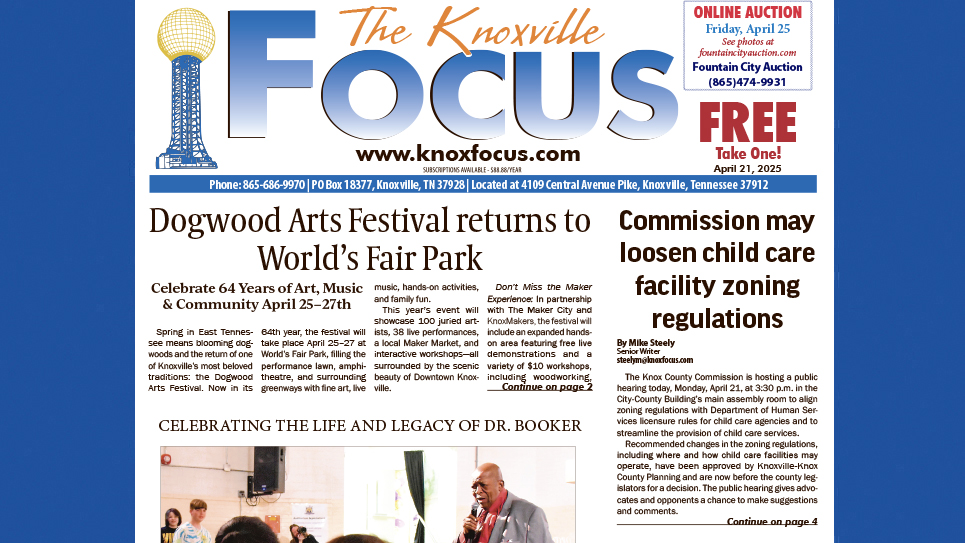Brownian Motion
Science without religion is lame.
Religion without science is blind.
Albert Einstein
Some may find it odd, but lately I’ve been thinking about Brownian motion. And because I believe the best writing is about things that interest the writer, this science essay is the result. I ran my thoughts by a friend and he said, “Go for it.” So, this topic may be a stretch for The Doctor Is In column. But, like a Forrest Gump box of chocolates, “You never know what you’ll get.”
I was first introduced to Brownian motion 50 years ago in medical school as I peered through a microscope and saw nonliving particles moving randomly on a microscope slide. This phenomenon was first described by Scottish botanist Robert Brown in 1827.
I was puzzled but focused on medicine and did not have much time for idle reflection. And that was long before I learned of the quantum reality which undergirds everything that is.
Albert Einstein once said, “I have no special talent. I am only passionately curious.” I am certainly not the stature of the professor, but I feel similarly. As an internist, I always sought to understand why something happened. Yet when Einstein, the great theorist of classical physics, was confronted with the revolutionary non-classical physics of the quantum world, he was perplexed, and understandably so. His theory of relativity elegantly describes the macro universe of space and time. Classical physics describes the world we perceive, where we work and play. But there is more…
I was taught to think of atoms as miniature solar systems with electrons whirling around the nucleus, just as the Earth and planets circle our sun. The word atom is derived from the thoughts of an ancient Greek who imagined a fundamental building block of matter. Atomus is the Greek word meaning indivisible or cannot be cut. But we now know atoms have a nucleus with protons and neutrons, swarmed by a cloud of electrons. But there is more…
Protons and neutrons are composed of six types of building blocks known as quarks, aka “flavors.” Physicist Gell-Mann discovered quarks 60 years ago. He had a keen interest in linguistics and coined the term from a poem by James Joyce. Maybe his colleagues were honoring Gell-Mann for his discovery by using the term flavors when describing the six quarks. Or maybe some had culinary side interests. Humans perceive taste as five components: sweet, sour, bitter, salty and savory (umami). But there is more…
As we look outward into deep space with Hubble, James Webb and other telescopes we see more stars than grains of sand on the beaches of the world. Our Milky Way galaxy has more than 100 billion stars and we can see more than 100 billion galaxies. Interestingly, the human brain has about 100 billion neurons.
But the farther we look inward, to the subatomic world of atoms and quarks, we see the same majesty and mystery of the Creator. And this brings us back to Brownian motion. It turns out that our world, our reality, is built upon a roiling cauldron of energy manifested as force fields.
Most have seen iron filings sprinkled near a magnet. The particles line up to outline the electromagnetic force field of the magnet. We exist within the electromagnetic force field of the earth. And we see the world around us within the visible spectrum of electromagnetism, which we call light. In fact, electromagnetism is but one of the four fundamental forces of the universe. (Perhaps I’ll digress some other time into the other three: the strong and weak nuclear forces and gravity.)
The point is we exist within fields of force whether we’re aware of them or not. When looking into the microscope fifty years ago, I now understand that the particles were being agitated and moved by the invisible force fields of the subatomic quantum reality.
If you go to Wikipedia and look up Brownian motion, there is a wonderful simulation of a particle being jostled by molecules moving with random velocities and direction by quantum forces. (Spoiler alert: Avoid Wikipedia for any contemporary person. If you want to research Socrates, Wikipedia is fine because no one would dishonor “So-Crates” lauded in the movie “Bill and Ted’s Excellent Adventure”! But don’t use Wikipedia for President Trump.)
And to further amaze those who are still reading, those vibrating forces which move molecules were built into the Creation 13.8 billion years ago. And to challenge your mind further, atoms and molecules are envisioned as coalescing forces in quantum field theory.
My practical wife loves a cartoon from the New Yorker of a scientist walking around with his head in a cloud of thoughts. She sometimes pictures me with a cartoonish swirling cloud of Mesopotamian history or notions of quantum reality. In my defense, I can be both practical and theoretical, just as Einstein juxtaposed religion and science. Einstein scoffed at the quantum reality where particles can pop in or out of space or that these evanescent particles are “entangled” with their counterparts across space, even across the universe. He said, “God does not play dice,” but apparently God does because there is incontrovertible proof of the strangeness of non-classical physics and the quantum world.
Isaac Newton once said, “If I have seen further than some, it’s because I’ve stood on the shoulders of giants” (his predecessors). Today, we see further than we once did, but still incompletely as Paul would eloquently write in 1 Corinthians 13:12. To the ancient Greeks, the greatest sin was hubris (arrogant pride). The discipline of science intrigues me, but it must be tempered by ethical concerns which are only possible when there is a framework for right and wrong. Otherwise, everything is relative.
The universe was formed 13.8 billion years ago by the Creator’s hand. Aristotle reasoned that something does not come from nothing. Since there is a creation, there must be a Creator. God imparted energy into his creation which became matter over time. We can perceive that original energy in the vibrating engines of creation which move molecules under a microscope and power our world. Similarly, we can perceive the Creator’s majestic hand in human thought, love, curiosity and conscience.
The universe is truly wondrous and vast, extending from quarks to quasars and beyond, even to the human heart which seeks its purpose in communion with the Creator.





